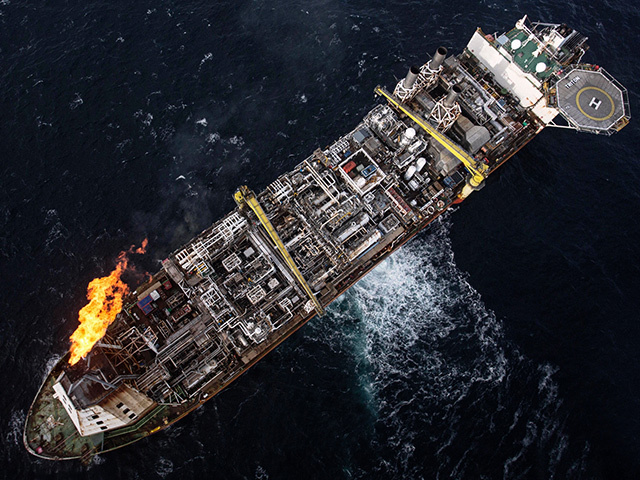
Hurricane Energy has managed to boost production from its Lancaster field, west of Shetland, using new equipment.
The London-listed company said the field’s two production wells were pumping out a combined 17,000 barrels of oil per day, up 2,000 bpd from a few weeks ago.
Hurricane was dealt a blow in May when it had to shut in one of the two wells due to “interference” and suspend its full-year guidance of 17,000 bpd, sending its share price down by more than 40%.
At the time it said the one remaining well was producing about 10,300 bpd, just over half of its production target of 20,000 bpd.
But Hurricane improved its fortunes by commissioning electric submersible pumps on both wells this month.
On July 8, the company said it had managed to boost output to 15,000 bpd from the wells, but the total has now climbed higher as oil and water production have stabilised.
Hurricane said there was “no evidence” of the performance issues which led to the temporary shut-in of well 205/21a-7z at the end of May.
Its production guidance will remain suspended “until production uncertainties have reduced”, however.
Shares had lifted 8.03% to 5.92p as of 1pm in London.
Hurricane is the operator and sole owner of the Lancaster field, which produced first oil in June 2019.
The company, whose long-serving CEO, Robert Trice, left the company in June, was set up to deliver hydrocarbons from naturally fractured basement reservoirs, like Lancaster, which is located on the Rona Ridge.
There is uncertainty within oil industry circles about those reservoirs’ ability to deliver stable production, due to their complex and unpredictable nature.
Hurricane is initially using a £365 million early production system to learn more about Lancaster and determine how to progress to a full-field development.
Recommended for you

